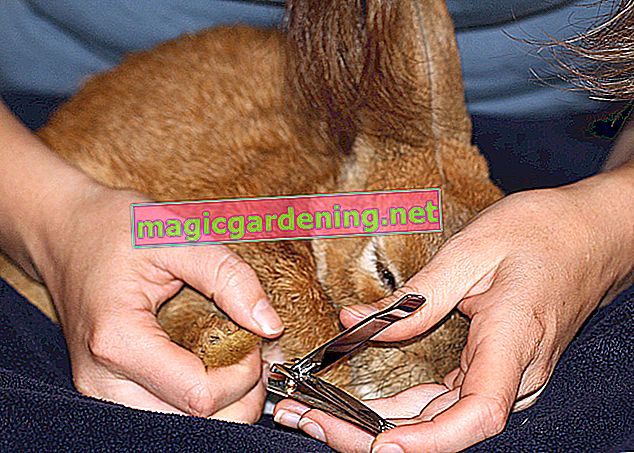
The size limitation by dividing the rhizome
For many plants in the garden, regular pruning not only serves to limit the plant size, but also to rejuvenate the leaf mass. The African lily is also cared for in a similar way, but the reduction in size of specimens that have grown too large is done here by dividing the rhizome. This has the pleasant side effect that propagation by division gives better results than sowing the seeds. The hard rhizome is usually divided with:
- Splitting ax
- saw
- honed spade
also read
- Hibernate the African Lily: cut off the leaves or not?
- Caring for the African Lily correctly: cut off the flowers or not?
- The African Lily does not bloom: what to do?
Cut off dead inflorescences
During the flowering period in midsummer, you can stimulate the formation of new flowers by cutting off wilted inflorescences. However, you will then have to forego harvesting the seeds, as they would have to stay on the plant longer to fully mature. Visually, cutting off wilted flowers is usually a plus, as they can impair the impression of the green leaves and any other flowers.
Removing yellow leaves
There can be different reasons when the African lily suddenly shows yellow leaves. Wintering out in strong sunlight can definitely cause sunburn on the sensitive leaves, which shows up in the form of yellow spots. Some species of the African Lily gradually get yellow leaves in winter quarters despite suitable conditions. This is quite normal for leaf-feeding subspecies of Agapanthus and you should remove the leaves to prevent mold and rot.
Tips & Tricks
Check your ornamental lilies in the pot for spots and overall discolored leaves before wintering. If you have a leaf-feeding Agapanthus, you can remove the leaves directly during wintering. In addition, these subspecies do not need any light to overwinter and each spring new leaves appear.








